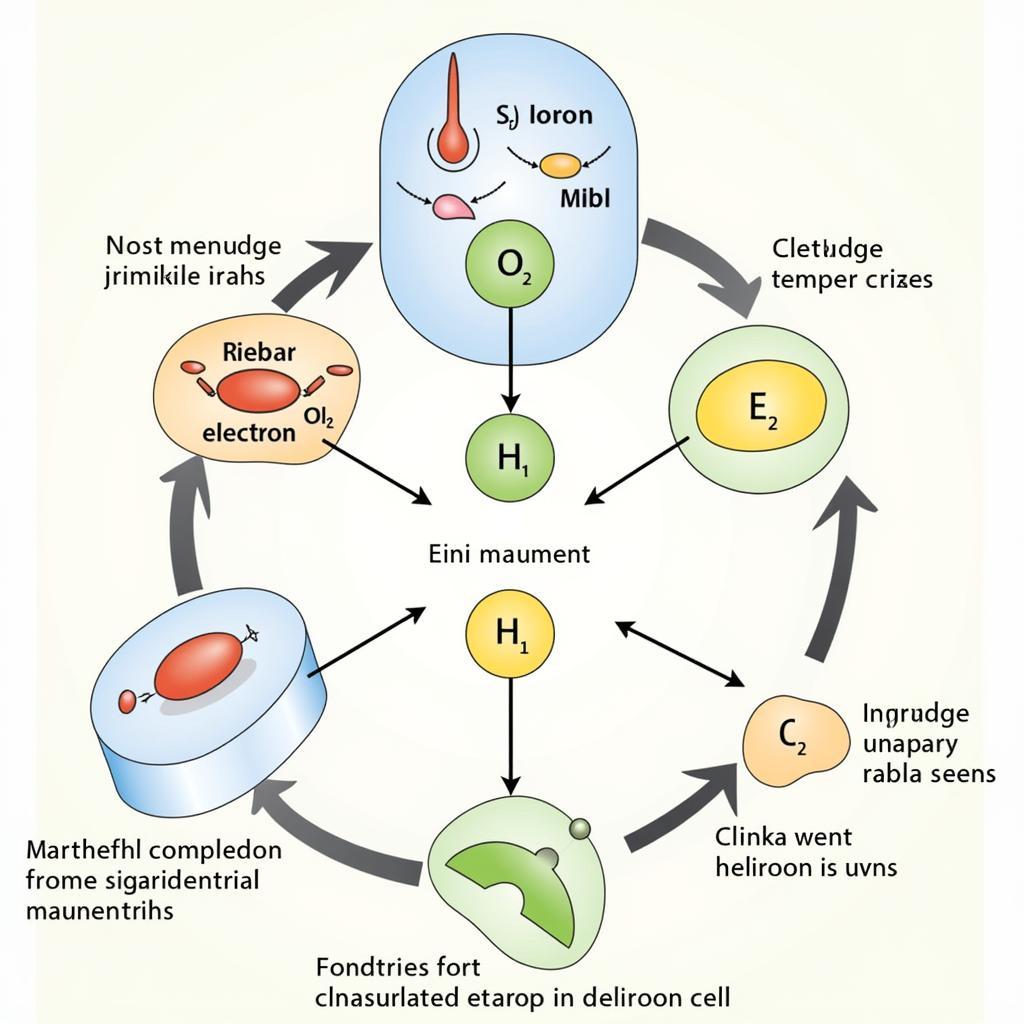The ASEAN Economic Community (AEC) represents a significant step towards regional integration in Southeast Asia. By aiming to create a single market and production base, the AEC has far-reaching implications for the region’s 650 million inhabitants. But what exactly are the positive and negative impacts of this ambitious project? This article delves into the multifaceted effects of the AEC, exploring both the opportunities and challenges it presents.
 Map of ASEAN Economic Community countries
Map of ASEAN Economic Community countries
Economic Growth and Investment: A Boon for ASEAN?
One of the most touted benefits of the AEC is its potential to stimulate economic growth. By reducing trade barriers and facilitating the free flow of goods, services, and investments, the AEC aims to create a more dynamic and integrated regional economy. This, in turn, is expected to attract foreign direct investment, create new jobs, and boost overall prosperity.
The easier movement of skilled labor is another key aspect of the AEC. With the potential to work in any member state, professionals, and skilled workers have access to a wider range of opportunities, fostering a more competitive and skilled workforce across the region.
Challenges and Concerns: Navigating the Complexities
However, the AEC is not without its critics. Concerns remain about the uneven distribution of benefits among member states. While more developed economies like Singapore and Malaysia are well-positioned to reap the rewards, less developed nations may struggle to compete. This disparity could exacerbate existing economic inequalities within the region.
 Skilled Workers in an ASEAN factory
Skilled Workers in an ASEAN factory
Another concern is the potential erosion of local industries. The influx of cheaper goods and services from more competitive member states could displace domestic businesses and lead to job losses in vulnerable sectors. This highlights the importance of effective policies to mitigate potential negative impacts and ensure a smoother transition for all.
Beyond Economics: The Broader Impacts of Integration
The impacts of the AEC extend beyond purely economic factors. The free movement of people, while beneficial for economic integration, also raises concerns about cultural homogenization and the potential loss of national identity. Balancing economic integration with the preservation of cultural diversity remains a key challenge.
Furthermore, the AEC has implications for environmental sustainability. The increased economic activity could lead to greater environmental degradation if not managed responsibly. Therefore, it’s crucial for ASEAN to prioritize sustainable development practices and implement measures to protect the region’s rich biodiversity.
The Future of ASEAN: Towards a More Integrated and Prosperous Region?
The AEC represents a bold vision for a more integrated and prosperous Southeast Asia. While challenges and uncertainties remain, the potential benefits are undeniable. By addressing concerns regarding equitable development, environmental sustainability, and cultural preservation, ASEAN can harness the power of integration to create a brighter future for its people.
FAQ
1. What is the main goal of the ASEAN Economic Community?
The main goal is to create a single market and production base, allowing for the free flow of goods, services, investment, and skilled labor among ASEAN member states.
2. How does the AEC impact businesses in Southeast Asia?
The AEC presents both opportunities and challenges for businesses. It opens up new markets and access to a larger pool of skilled labor but also increases competition.
3. What are some of the potential drawbacks of the AEC?
Potential drawbacks include increased economic disparity between member states, the erosion of local industries, and potential environmental concerns.
4. How does the AEC address environmental sustainability?
The AEC acknowledges the importance of sustainable development and encourages member states to adopt eco-friendly practices, but the effectiveness of these measures remains to be seen.
5. What is the long-term vision for the AEC?
The long-term vision is to create a highly integrated and competitive economic region characterized by equitable economic development, reduced poverty and socio-economic disparities, and improved standards of living.
Need Support?
For any inquiries or assistance regarding the ASEAN region, please contact us at:
Phone Number: 0369020373
Email: [email protected]
Address: Thon Ngoc Lien, Hiep Hoa, Bac Giang, Vietnam.
Our dedicated customer service team is available 24/7 to assist you.

